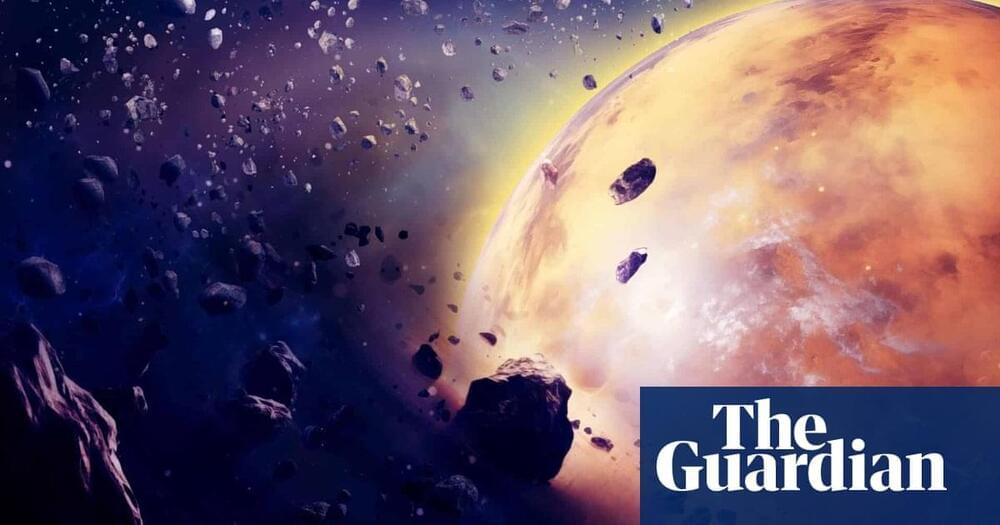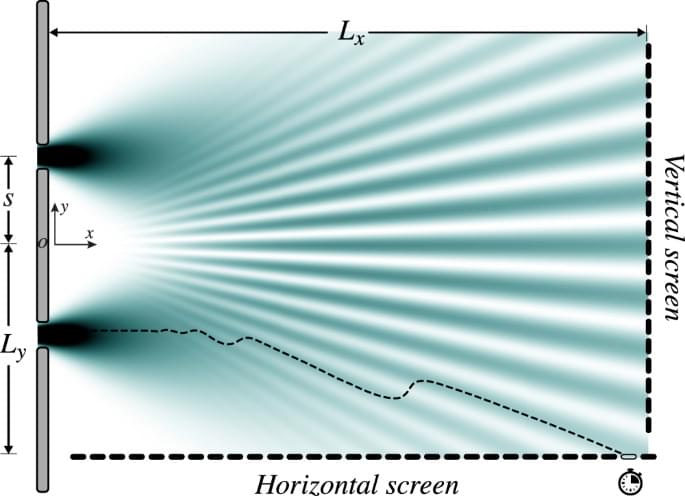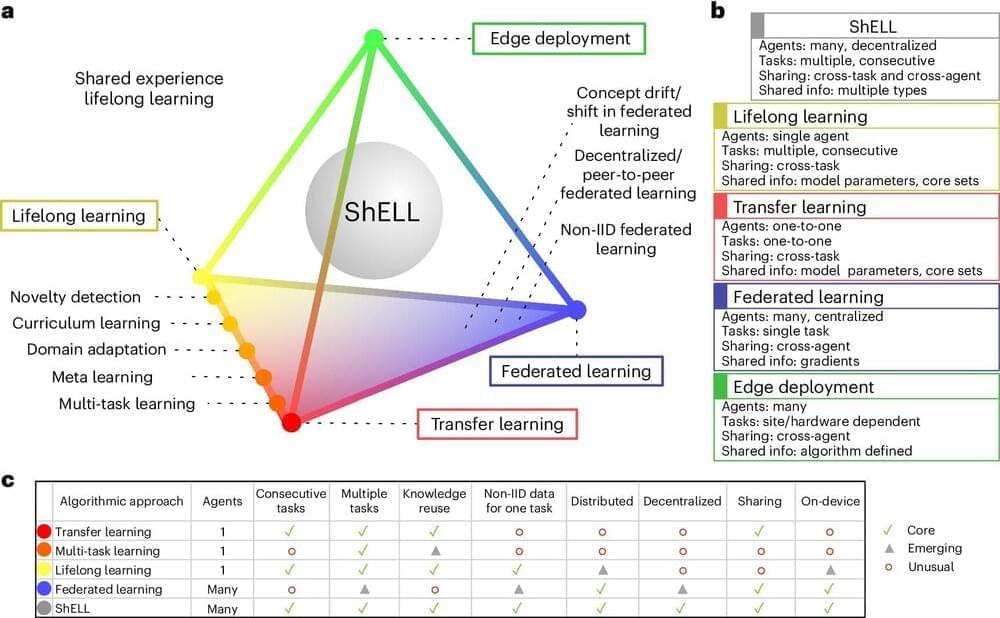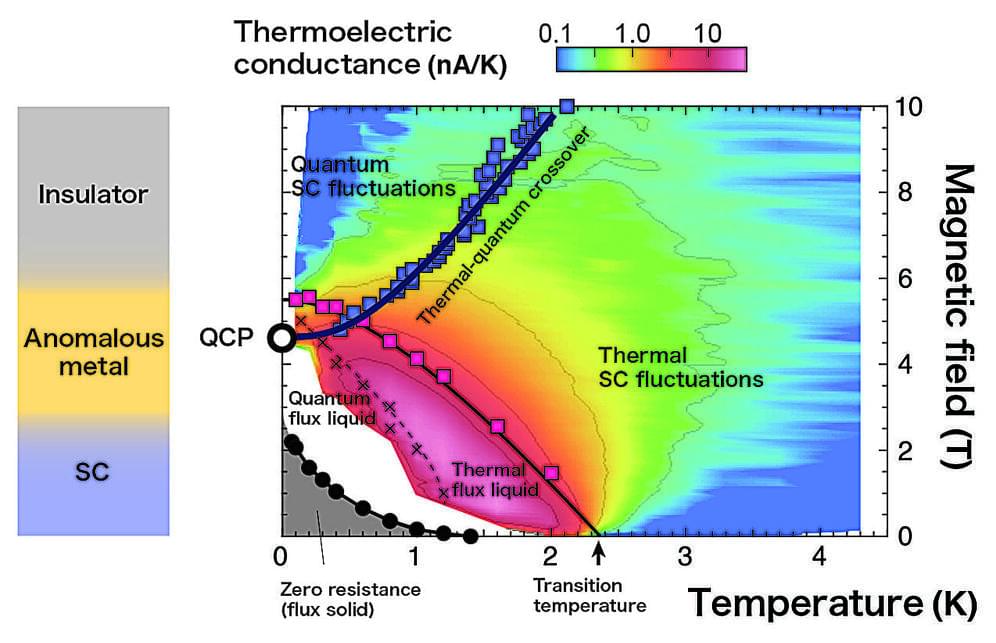When it comes to the cosmic conundrum of how early galaxies grew to become so massive so quickly Gz9p3 could be a real puzzle. Not only is it more massive than expected, but it is around 10 times more massive than other galaxies the JWST has seen in similar eras of the universe’s history.
Related: James Webb Space Telescope complicates expanding universe paradox by checking Hubble’s work
“Just a couple of years ago, Gz9p3 appeared as a single point of light through the Hubble Space Telescope,” Kit Boyett, team member and a scientist at the University of Melbourne, wrote for the institute’s Pursuit publication. “But by using the JWST we could observe this object as it was 510 million years after the Big Bang, around 13 billion years ago.”









